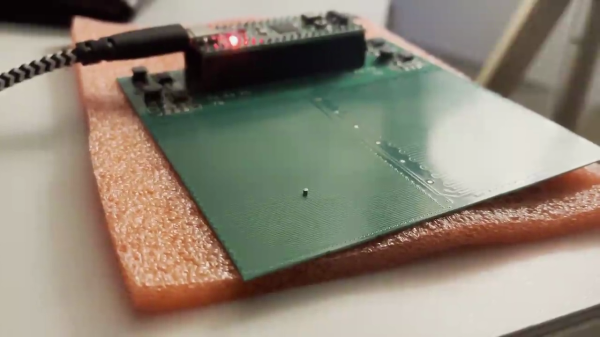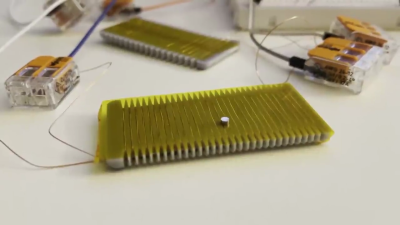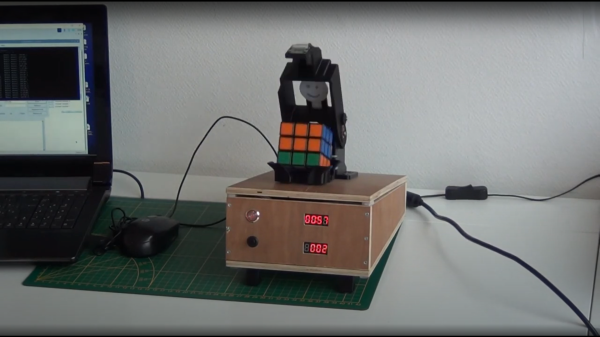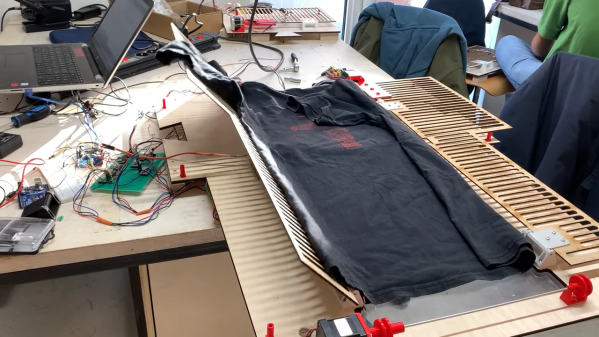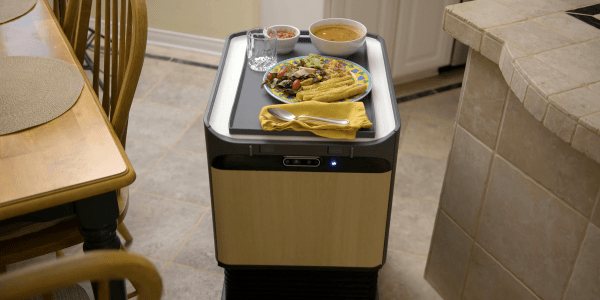There are plenty of RC cars and robot platforms out there that you can buy. However, there’s an understanding that’s gained from building your own rover from the ground up. Which is precisely what [Alex] got from developing this compact 3D printed rover design.
The design is by no means fast; it’s intended more for crawling around “at a slow deliberate pace” as [Alex] puts it. Off-the-shelf 12 V gear motors are used to provide plenty of torque to get around. The modular design means that it can be built with just wheels, or set up with tracks fitted for additional performance in softer terrain. Skid steering is used to turn the platform.
Fitted with a Raspberry Pi Zero 2W, the rover can be controlled remotely over WiFi. A separate FPV camera and transmitter is then used to stream video remotely to pilot the bot. However, if you’re so inclined, you can probably use the Raspberry Pi to stream the video, too.
It’s a fun build and a great way to learn about building rovers and robots that move. We’ve seen some other interesting tracked rovers before, too. Video after the break.


